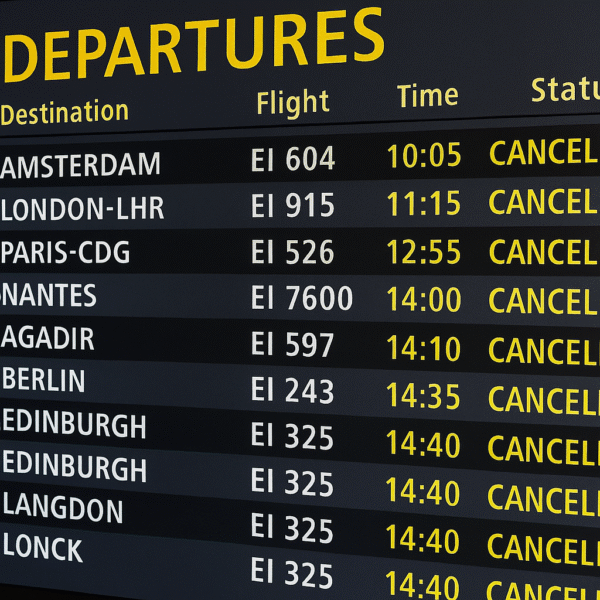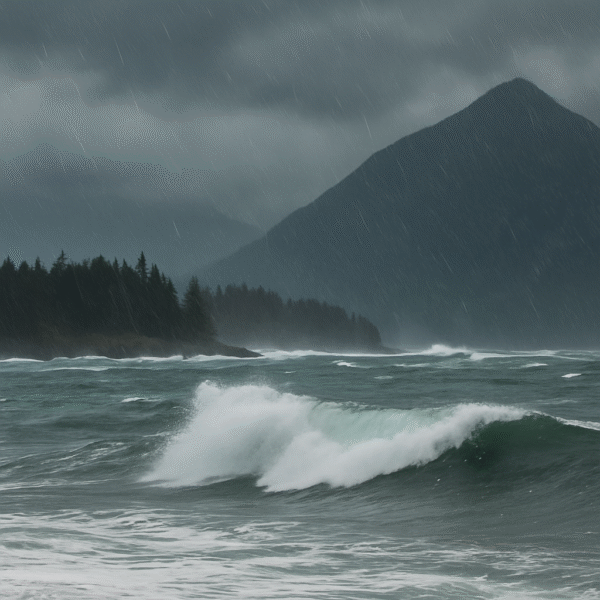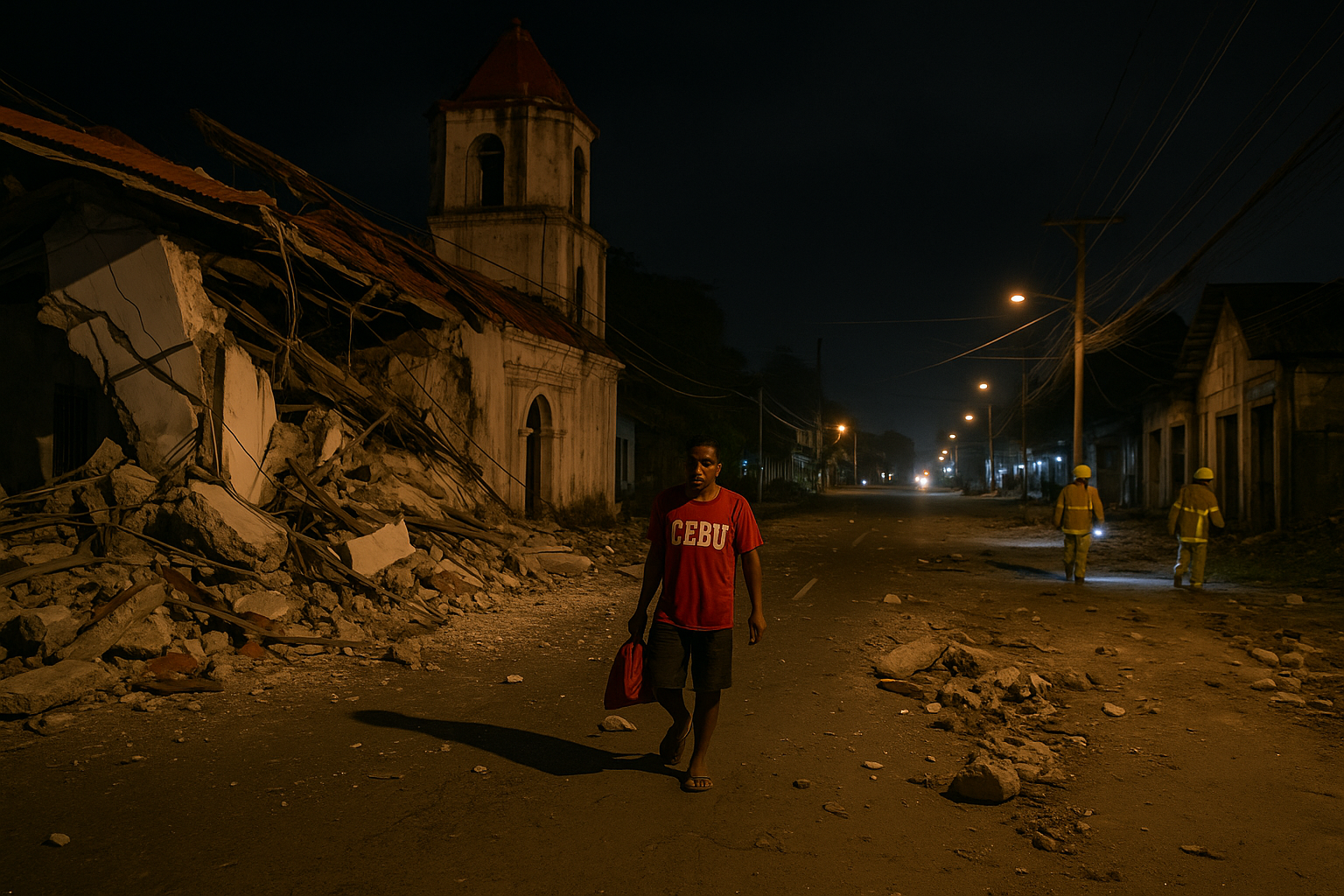FRANCE – As Europe grapples with the first major heatwave of 2025, France is at the forefront of the crisis, experiencing temperatures exceeding 44°C (111°F) in several regions. This extreme weather is not only causing discomfort but also straining France’s national power grid, prompting fears of potential blackouts and travel disruptions that are impacting both local residents and international visitors.
With peak summer tourist season underway, travelers to France are urged to exercise caution, stay informed on real-time updates, and prepare for infrastructure limitations across key destinations such as Paris, Lyon, Marseille, and the southern regions.
Record Heat Sweeps Across French Cities
According to Météo-France, over a dozen departments are now under orange-level heat alerts, particularly in southeast and central France. Cities in Occitanie, Provence, and along the Rhône Valley have seen daytime highs reach 44°C, with nighttime temperatures failing to drop below 25°C (77°F)—posing serious health risks to vulnerable populations and tourists unaccustomed to such extremes.
Municipal authorities in Paris, Lyon, and Marseille have responded by advising residents and tourists to limit outdoor activity during peak hours. Emergency “cooling centers” have opened in public buildings, while medical facilities are reporting spikes in cases of heatstroke, dehydration, and respiratory issues.
EDF Warns of Reduced Nuclear Power Output
A growing concern lies in France’s heavy dependence on nuclear power, which contributes around 70% of national electricity supply. Due to rising river temperatures, cooling systems for key nuclear plants—especially along the Rhône and Garonne Rivers—are under threat.
EDF (Électricité de France) has issued warnings that plants such as Bugey, near Lyon, may reduce output starting June 25, citing environmental regulations that prohibit reactor cooling when river water exceeds certain safety thresholds. Similar restrictions could affect reactors at Cruas and Saint-Alban, increasing the pressure on a grid already pushed by surging air conditioning use.
This dynamic creates a perfect storm: high energy demand during peak heat combined with limited generation capacity—raising the risk of localized power outages during critical summer travel months.
Infrastructure and Travel Face Mounting Strain
France’s national railway operator SNCF has cautioned that the heatwave may lead to delays in high-speed train services. To prevent thermal track deformation, speed restrictions could be imposed on popular travel corridors like Paris to Avignon and Lyon to Marseille.
A power outage in central Paris on June 22 further spotlighted the vulnerability of urban infrastructure. While power was swiftly restored, it disrupted metro stations, retail activity, and hospitality venues in a major tourist zone.
Tourists should be prepared for:
- Possible delays in rail and metro service
- Limited access to cooling in certain accommodations
- Temporary closures of outdoor attractions
- Reduced operating hours in smaller towns and cultural sites
Travel Tips for Heatwave Resilience
To mitigate heat-related risks and disruptions, travelers are advised to follow these safety practices:
- Hydration: Carry water at all times and use refill stations where available.
- Weather Apps: Download Météo-France or other reliable tools for real-time alerts.
- Shade and Timing: Avoid excursions between 12 PM and 5 PM; schedule indoor activities such as museum visits during midday hours.
- Device Management: Fully charge phones and power banks in case of short-term outages.
- Cooling Centers: Familiarize yourself with public “cool rooms” in major cities.
- Rail Updates: Check SNCF’s site for changes to service schedules and heatwave policies.
Europe’s Broader Heat Emergency
France isn’t alone in its battle against extreme temperatures. Neighboring countries are also in the grip of intense summer heat:
- Italy: In Rome, tourists have been seen using historic fountains to cool down, while temperatures soar past 40°C.
- Spain: Cities in Andalusia have crossed 42°C, prompting health advisories and reduced outdoor event hours.
- Germany: Authorities have urged extra care for children and the elderly.
- UK and Netherlands: Early summer heatwaves are stressing health systems and water supplies.
Meteorologists from the European Centre for Medium-Range Weather Forecasts (ECMWF) have attributed the prolonged heatwave to a persistent high-pressure system, or “heat dome,” which traps hot air over the continent. Scientists also link its frequency and intensity to climate change, raising questions about long-term energy resilience and infrastructure sustainability.
France’s Energy Future and Summer Tourism Outlook
EDF’s warning about potential reductions at Bugey and other plants beyond June 25 is a red flag for energy planners and tourism stakeholders alike. While national blackouts are not expected, energy-saving advisories are likely to increase as the summer progresses.
For tourists, this means greater emphasis on preparation, flexible scheduling, and choosing destinations and hotels that are climate-adaptive—with access to air conditioning, renewable backup systems, and emergency services.
Conclusion: Heatwave Forces New Travel Mindset in Europe
As France endures one of its earliest and most intense heatwaves in recent years, the country’s power grid, transport network, and tourism infrastructure are all being tested. The events of June 2025 mark a turning point in summer travel planning—where adjusting for climate extremes becomes not optional but essential.
Travelers heading to France or neighboring European countries in the coming weeks should stay informed, flexible, and ready to adapt. With the right precautions, visitors can still enjoy a vibrant summer experience—while staying safe amid a rapidly changing climate.
For more travel news like this, keep reading Global Travel Wire

















